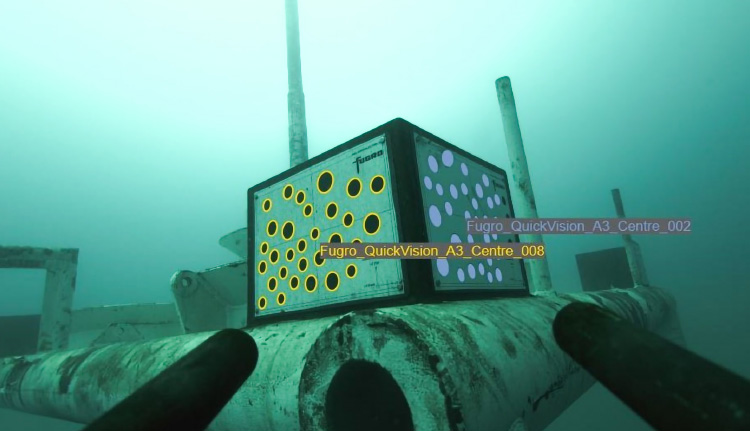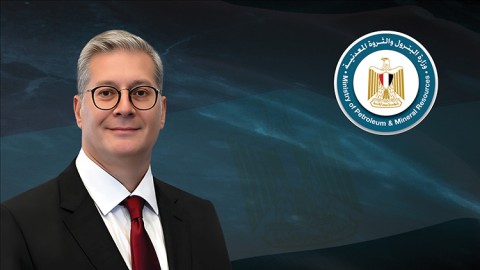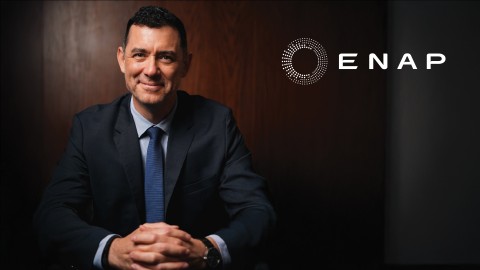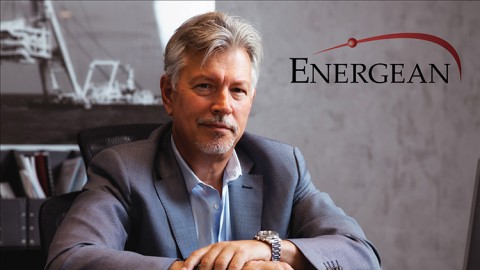Fugro’s innovative QuickVision® touchless technology helped install underwater piles with record speed and precision, saving Doha Petroleum Construction Company (DOPET) time and money on an offshore construction project in Qatar.
DOPET commissioned Fugro to position a subsea stabframe, a pivotal task critical to the success of their project. DOPET needed a fast, efficient, cost-effective and reliable positioning solution to pinpoint placing seven mooring piles into the seabed accurately.
Traditionally, triangulated beacon signals had been the go-to method for determining frame position.
However, this approach is time-consuming, with each pile taking approximately an hour to position. Factors such as signal diffraction and beacon technology failures can complicate the process.
New positioning method offers added value
DOPET had initially contracted Fugro to deliver a conventional positioning service, using beacon technology. Within days of the project award, Fugro’s patented QuickVision® technology became available to the Middle East and India region. QuickVision® offered a contactless solution with high levels of accuracy, presenting an attractive alternative to the beacon technology. The possibility of significant project optimisation was highly attractive and would result in cost and time benefits. After careful analysis, ample value was identified and Fugro worked closely with DOPET to integrate QuickVision® into the scope of work.
Positioning the subsea assets
During the installation process, QuickVision® provided real-time visual feedback, enabling both Fugro and DOPET teams to monitor the subsea operations with precision from Fugro’s remote operation centre (ROC) in Qatar.
DOPET’s crane operator was able to validate the actual position of the subsea stabframe instantly on the screen. This enabled him to position the frame quickly and accurately on the seabed at each of the seven locations. Once the frame was ready for the pile installation, Fugro stuck QuickVision® patterns onto each pile for accurate installation. A pattern was also affixed to the first chaser pile, to guide its landing. In one pile location, it was not possible to place the stabframe on its mud mats. To enable operations to continue, Fugro used the QuickVision® inclinometer to measure the pile’s verticality, which was within tolerance. The post-project evaluation confirmed that the entire operation was smooth, fast and cost-effective.
Innovative highlight
Fugro’s QuickVision® technology employs advanced subsea cameras and machine vision algorithms, enhancing accuracy and reliability. Adhesive coded targets affixed to the structure facilitate seamless tracking and validation, ensuring compliance with specifications.
“Faster positioning of the frame might seem like a small improvement. But for a project like this it reduces one day of costly barge time. Time reduction and improved quality assurance are what matter to us.”
Srinivas Sirigineedi
Senior Project Engineer, DOPET
The impact
- Significant cost savings by reducing expensive barge time
- Enhanced safety through contactless operations, eliminating the need for bulky subsea sensors
- Accelerated installation of mooring piles, reducing positioning time from an hour to just 15 minutes
- Real-time data visualisation, minimising delays in decision-making
- Instant validation of structure position, improving operational oversight
- Expedited cross-referencing at each pile location, streamlining operations further.








